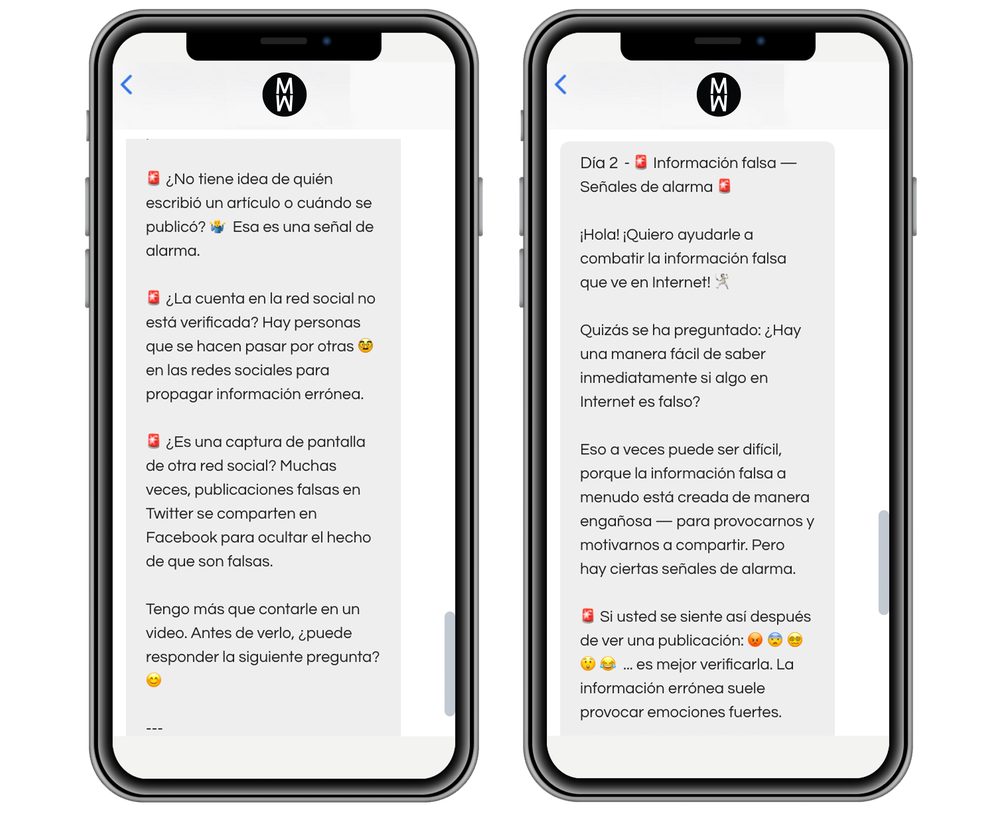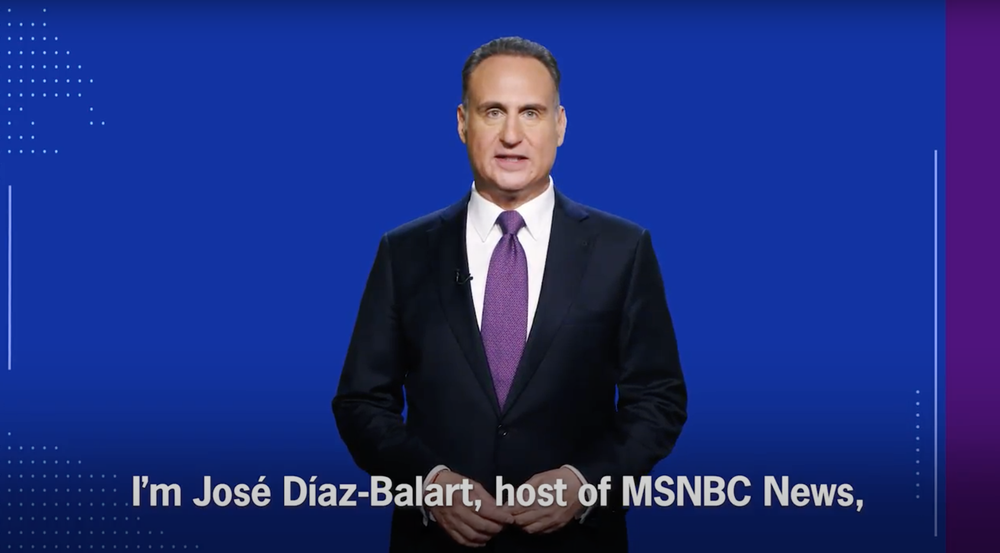From the COVID-19 pandemic to the climate crisis, we’ve seen how misinformation can have catastrophic consequences. Misleading information can spread among family and friends, impacting not only the way people see the world and relate to each other, but the decisions they make for their health, and for their loved ones and communities.
Separating fact from fiction online has gotten more difficult, and no generation is immune: A 2019 Pew Research study found that only 26% of U.S. adults could identify a factual statement from an opinion. A Stanford University study from the same year found that two-thirds of high school students surveyed couldn’t tell the difference between news stories and sponsored content.
Communities need to be able to spot a fake story when they see it and stop it in its tracks. That’s why today, the Google News Initiative (GNI) is building on our commitment to strengthen media literacy in the U.S. through partnerships with PBS NewsHour’s Student Reporting Labs, the News Literacy Project, and Poynter’s MediaWise program.
Bridging generations with PBS Student Reporting Labs
Started in 2009, PBS Student Reporting Labs (SRL) is a leader in the youth media landscape, currently operating in more than 160 classrooms and after-school programs across the U.S. Thousands of teachers have used SRL’s journalism, civic engagement and video production resources, which train students on the ins and outs of producing reliable news, learning journalism ethics, fact checking and engaging with their communities.
As part of our partnership, Student Reporting Labs will build educational resources to help teach young people how to have conversations about misinformation with older family members and friends. The hope is that new audiences, and those already familiar with PBS NewsHour and local public media station partners, will come together to help tackle misinformation.
“Through storytelling and co-production with students, we’ll explore the media literacy needs of different communities and generations, and how they can connect with each other to find solutions,” says SRL Founder Leah Clapman.
Expanding to rural communities with News Literacy Project
Through online classes, events and in-person visits to schools, the News Literacy Project (NLP) provides media literacy education to students, educators and the public. More than 300,000 students have completed lessons on NLP’s virtual classroom platform, Checkology, since its launch in 2016.
The Google News Initiative’s partnership will help the NLP bring their Newsroom to Classroom program to even more journalists and educators. NLP is now expanding into rural areas of California, Colorado, Texas, Iowa and Nebraska — places hit particularly hard by the decline in local news.
“News literacy is an essential skill for everyone everywhere in a healthy democracy,” Claudia Borgelt, Vice President of Development at NLP says. “Access to news literacy education should not be limited by a community’s zip code.”
Expanding Spanish-language resources with Poynter’s MediaWise
Our efforts extend beyond students and educators. The GNI was the original supporter of Poynter’s MediaWise project, which was initially focused on students and has since expanded to seniors. Launched in 2020, the MediaWise for Seniors program has trained more than half a million Americans to date.
We’re joining forces with the team again to translate their “How to Spot Misinformation Online” course into Spanish, and create a text-based version of the course that will be delivered via SMS, which is how many seniors find and share news.

“More than 41 million people in the U.S. speak Spanish at home,” says MediaWise Director Katy Byron. “Research shows that health and vaccine-related falsehoods and conspiracy theories are some of the most pervasive forms of misinformation targeting Hispanic communities. Making these Spanish-language educational resources available in multiple formats, on platforms popular with the 50+ Hispanic population, will help combat the Spanish language misinformation gap.”
These partnerships build on Google’s other media literacy efforts around the world, including a €25 million contribution to the European Media and Information Fund. Along with products like Fact Check Explorer and the “about this result” feature in Search, Google is committed to equipping people with the skills they need to stop the spread of misinformation and sort fact from fiction online.


